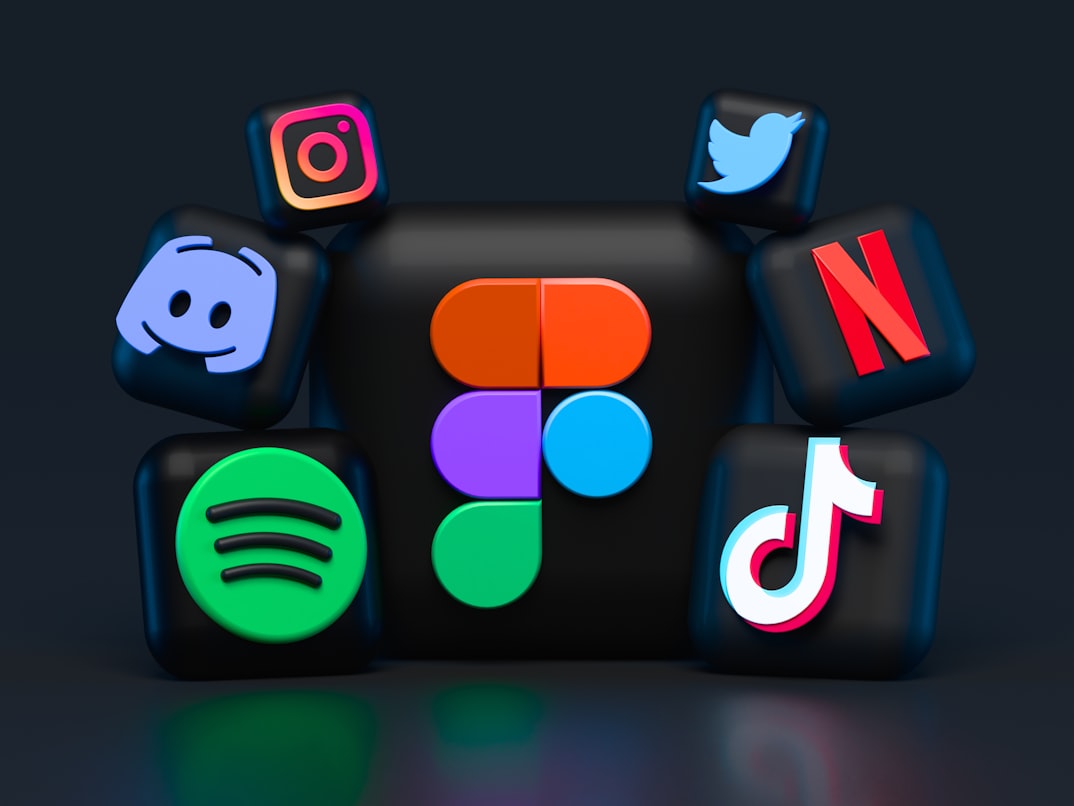📚 Table of Contents
- ✅ The Rise of Remote Influencer Management
- ✅ AI-Driven Influencer Matching
- ✅ Virtual Influencer Collaborations
- ✅ Micro-Influencer Networks
- ✅ Blockchain for Transparency
- ✅ Performance-Based Pricing Models
- ✅ Niche Community Engagement
- ✅ Sustainability-Focused Campaigns
- ✅ Cross-Platform Content Strategies
- ✅ Real-Time Analytics & Adjustments
- ✅ Conclusion
The Rise of Remote Influencer Management
The digital landscape has transformed how brands collaborate with influencers, and by 2025, remote influencer management will dominate the industry. With the rise of decentralized workforces and global talent pools, companies are leveraging remote tools to streamline influencer partnerships. Platforms like Zoom, Slack, and Trello have become essential for coordinating campaigns across time zones. For example, a U.S.-based brand can now effortlessly collaborate with influencers in Southeast Asia without geographical constraints. This shift not only reduces overhead costs but also allows for more diverse and authentic influencer representation.
AI-Driven Influencer Matching
Artificial intelligence is revolutionizing how brands identify the right influencers for their campaigns. AI-powered tools analyze engagement rates, audience demographics, and content relevance to suggest ideal matches. Platforms like Upfluence and AspireIQ now incorporate machine learning to predict campaign success before execution. For instance, a skincare brand can use AI to find influencers whose followers align with their target age group and interests, ensuring higher ROI. By 2025, AI will further refine these algorithms, incorporating sentiment analysis and behavioral predictions for hyper-personalized matches.
Virtual Influencer Collaborations
Virtual influencers, powered by CGI and AI, are gaining traction as brands seek cost-effective and controversy-free partnerships. These digital personas, like Lil Miquela and Noonoouri, offer full creative control and 24/7 availability. In 2025, expect more brands to integrate virtual influencers into their strategies, especially in gaming and metaverse spaces. For example, a fashion label could launch an exclusive digital collection promoted by a virtual influencer, bridging the gap between physical and digital commerce. This trend also opens doors for hyper-realistic avatars that engage audiences in immersive storytelling.
Micro-Influencer Networks
While mega-influencers still hold sway, micro-influencers (10K–100K followers) are becoming the backbone of remote influencer management. Their highly engaged niche audiences often yield better conversion rates than larger accounts. Brands are now building networks of micro-influencers to amplify reach without overspending. A fitness app, for instance, might collaborate with 50 micro-influencers across different regions instead of one celebrity, ensuring localized and relatable content. By 2025, expect platforms to offer automated micro-influencer bundling, making it easier to manage multiple partnerships simultaneously.
Blockchain for Transparency
Blockchain technology is addressing long-standing issues of fraud and lack of transparency in influencer marketing. Smart contracts ensure that payments are released only when deliverables are met, while immutable ledgers track engagement metrics authentically. Companies like InfluencerChain are pioneering decentralized platforms where every interaction is verifiable. Imagine a scenario where a brand can trace an influencer’s post performance in real-time, eliminating fake followers and inflated metrics. By 2025, blockchain will become a standard for trust in remote influencer collaborations.
Performance-Based Pricing Models
Gone are the days of flat-rate influencer fees. Performance-based pricing—where influencers earn based on clicks, conversions, or sales—is gaining momentum. Tools like Shopify’s affiliate integrations and Trackier enable precise tracking of influencer-driven revenue. For example, a beauty brand might pay an influencer 10% of sales generated through their unique promo code. This model aligns incentives and ensures accountability, making it a win-win for both parties. In 2025, expect dynamic pricing algorithms that adjust payouts in real-time based on campaign performance.
Niche Community Engagement
Brands are moving beyond broad demographics to engage hyper-specific communities through influencers. Whether it’s vegan bakers, retro gamers, or sustainable travelers, niche influencers foster deeper connections. Platforms like Discord and Geneva are becoming hubs for these micro-communities. A tech company, for instance, might partner with a niche YouTuber who reviews vintage computers to reach a dedicated audience. By 2025, expect AI to help brands identify and tap into these underserved communities with surgical precision.
Sustainability-Focused Campaigns
Consumers increasingly favor brands with strong environmental and social values, and influencers are key to communicating these efforts. Remote influencer management will prioritize partnerships with eco-conscious creators who authentically advocate for sustainability. For example, a zero-waste skincare brand might collaborate with influencers who document their low-impact lifestyles. In 2025, tools like GreenVoice will rate influencers based on their sustainability credibility, helping brands avoid greenwashing pitfalls.
Cross-Platform Content Strategies
Influencers are no longer confined to a single platform. Brands are leveraging multi-platform strategies where content is tailored for Instagram Reels, TikTok, YouTube, and emerging channels. Remote management tools like Hootsuite and Sprout Social enable seamless cross-posting and performance tracking. A travel brand, for instance, might repurpose a YouTube vlog into bite-sized TikTok clips and Instagram carousels. By 2025, expect AI to automate platform-specific optimizations, such as adjusting video lengths or captions for maximum engagement.
Real-Time Analytics & Adjustments
The future of remote influencer management lies in real-time data. Brands can now monitor campaign performance live and pivot strategies instantly. Dashboards like CreatorIQ and Traackr provide granular insights—from sentiment analysis to demographic shifts. Imagine a food brand noticing a spike in engagement for gluten-free recipes and immediately directing influencers to emphasize that angle. By 2025, predictive analytics will forecast trends before they peak, allowing brands to stay ahead of the curve.
Conclusion
Remote influencer management in 2025 will be defined by technology, authenticity, and agility. From AI-driven matching to blockchain transparency, these trends are reshaping how brands and influencers collaborate across borders. By staying ahead of these developments, businesses can build more effective, scalable, and trustworthy influencer partnerships.


Leave a Reply